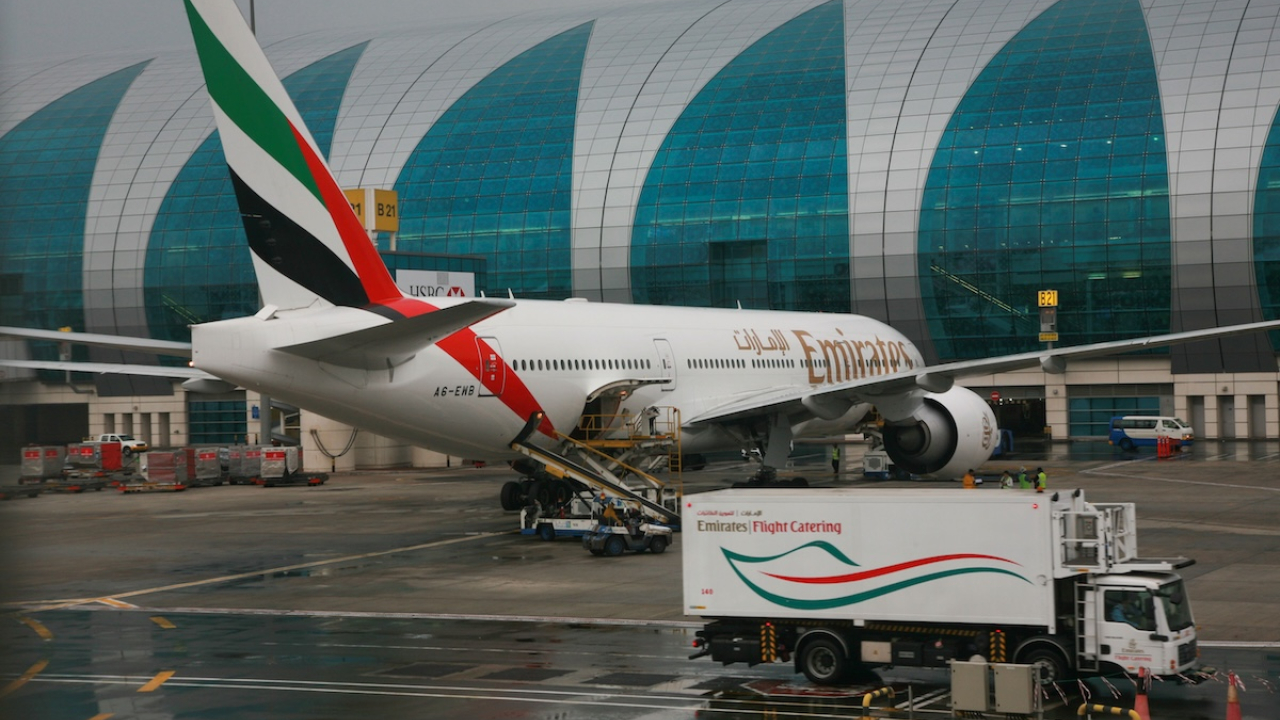Training and recruitment crisis facing aerospace industry says Boeing

That was the startling figure to emerge from the first ever crew assessment forecast from Boeing released today.
But the Middle East’s recruitment problems are nothing compared to the Asia-Pacific region with a requirement for 180,600 pilots and 220,000 maintenance engineers. Within Asia, China will experience the greatest need for pilots and maintenance personnel -- 70,600 and 96,400 respectively.
Overall the commercial aviation industry will require 466,650 pilots and 596,500 maintenance personnel over the next 20 years to accommodate the strong demand for new and replacement aircraft, according to the Boeing forecast
Airlines will need an average of 23,300 new pilots and 30,000 new maintenance personnel per year from 2010 to 2029.
The crew assessment forecast is based on Boeing's Current Market Outlook, widely regarded as the most comprehensive and respected analysis of the commercial aviation market.
"When you add up all the numbers, you quickly understand the issues facing this industry," said Roei Ganzarski, chief customer officer, Boeing Training & Flight Services. "Our challenge is adapting our training to engage the future generation of people who will fly and maintain the more than 30,000 airplanes that will be delivered by 2029."
Of the other regions, North America will need 97,350 pilots and 137,000 maintenance workers; Europe will need 94,800 pilots and 122,000 maintenance personnel; Africa will need 13,200 pilots and 15,000 maintenance personnel; Latin America will need 37,000 pilots and 44,000 maintenance personnel; and the CIS will need 11,000 pilots and 14,000 maintenance personnel.
"To accommodate this growing demand, it will be vital to match training with the learning styles of students to come," Ganzarski said.
During this week’s Asia Pacific Aviation Training Symposium in Kuala Lumpur, Ganzarski called for changes to current training methodologies. "As an industry, we need to adapt to the learning styles of tomorrow's technologically savvy pilots and mechanics, and ensuring that training is globally accessible, adaptable to individual needs and competency-based."
Stay up to date
Subscribe to the free Times Aerospace newsletter and receive the latest content every week. We'll never share your email address.

